Written by: TechFlow
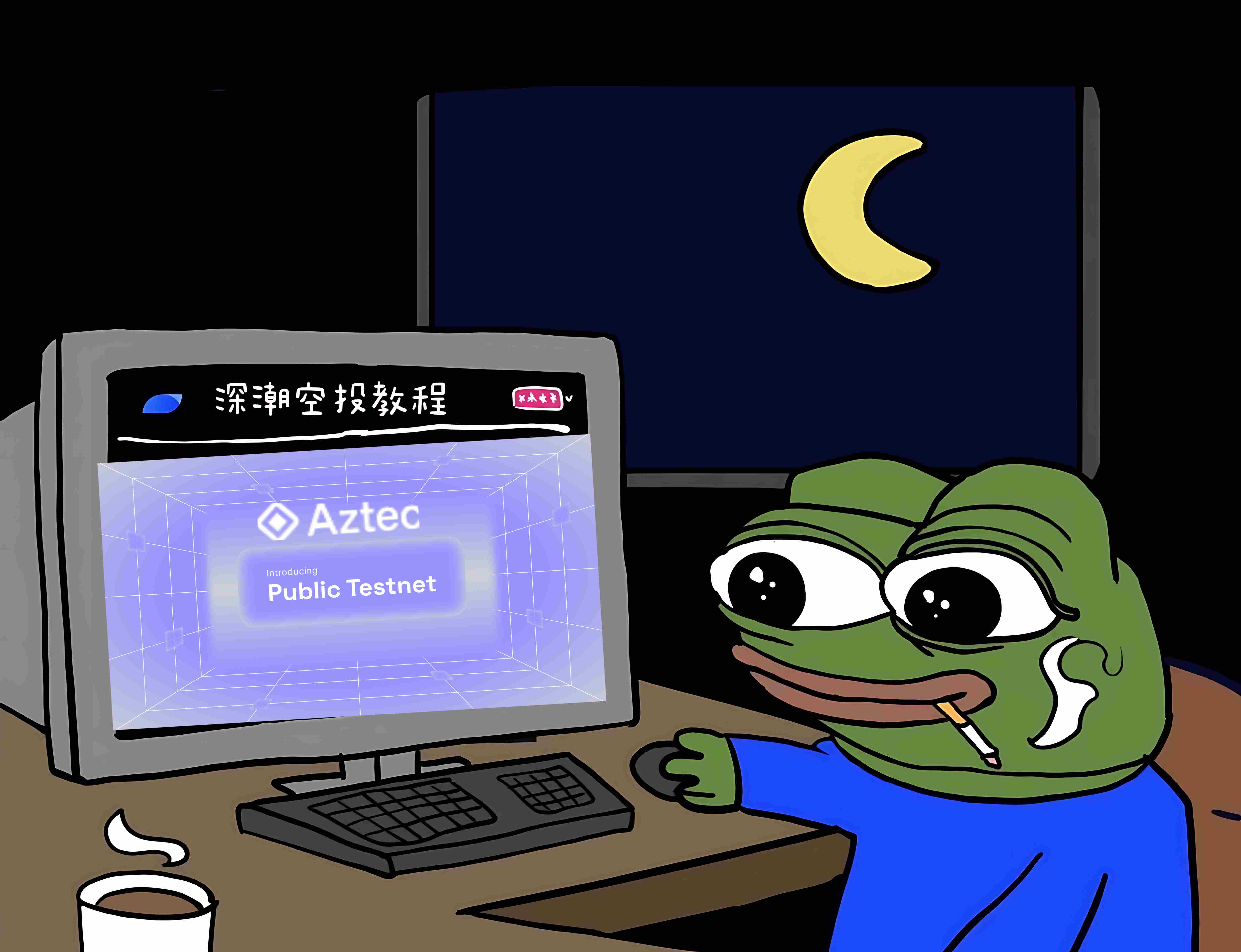
Although the market feels uncertain about airdrops during a low sentiment period, for persistent airdrop hunters, "claiming everything possible" remains the best strategy to navigate bull and bear cycles.
Today, we introduce the privacy abstraction solution Aztec Network (@aztecnetwork).
Aztec Network is an Ethereum-based privacy-first Layer 2 solution that utilizes zero-knowledge proof technology to provide high-privacy, low-cost transactions and decentralized applications for the Ethereum ecosystem. Its core goal is to bring programmable privacy to the Ethereum ecosystem, protecting user data and transaction details while maintaining the blockchain's public verifiability.
In short, Aztec uses zero-knowledge proof technology to make transactions cheap and private, while supporting developers in building privacy applications on Ethereum.
As early as 2021, Aztec Network raised $17 million with Paradigm leading the investment. In 2022, it secured $100 million in funding led by a16z, with additional investments from Alliance DAO, IOSG Ventures, and others. Including a previous seed round of $2.1 million, the total funding reached $119 million.
On May 1st, Aztec Network officially opened its public testnet. Currently, the main interaction modes are running nodes and testnet ecosystem interaction. Since running nodes has high configuration requirements for individual users, this article focuses on Aztec testnet interaction, ecosystem wallet registration, and ecosystem application experience.
Attachment: Aztec Network official node tutorial
Aztec Testnet Interaction
Go to the website https://play.aztec.network/alpha-testnet/, select Aztec Testnet and create an abstract account. The creation and deployment may be slow but will eventually succeed, and everything will be saved in your browser
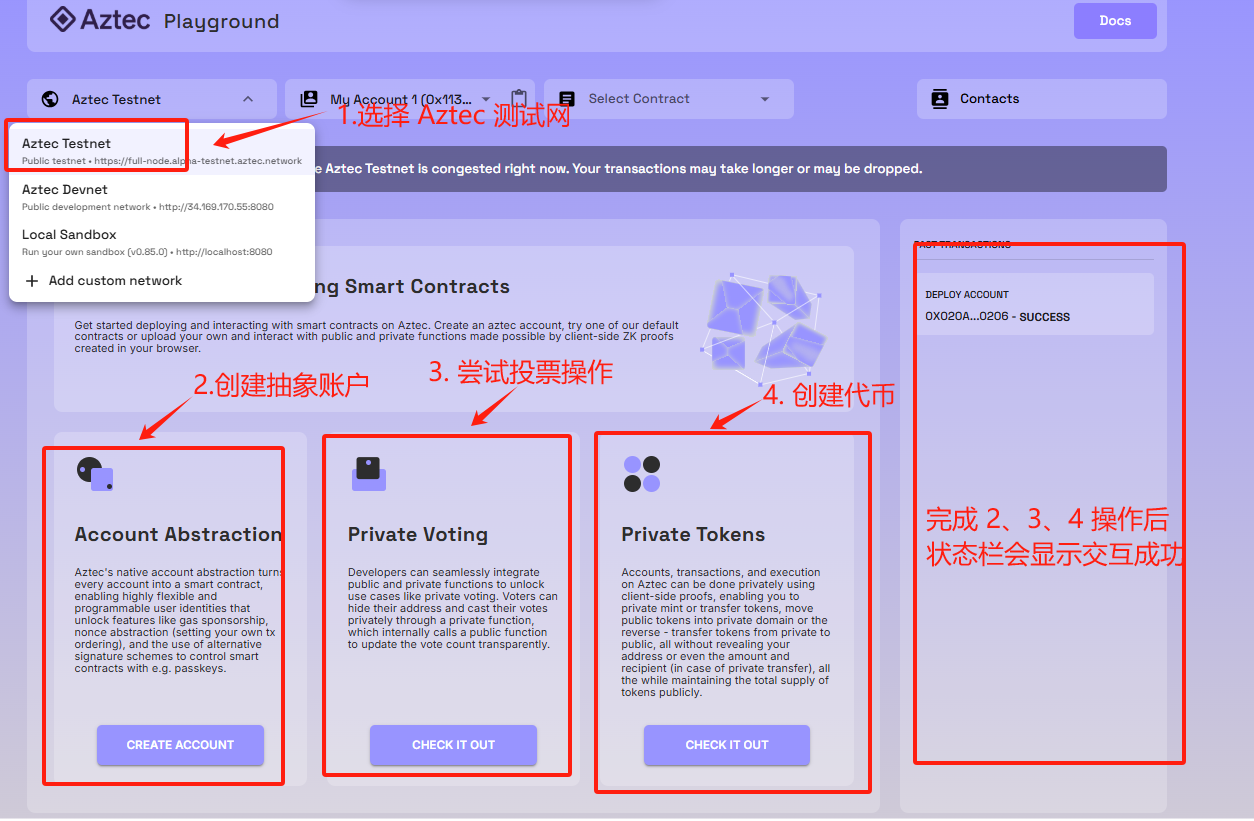
Deploy voting, click on 【easy private voting】
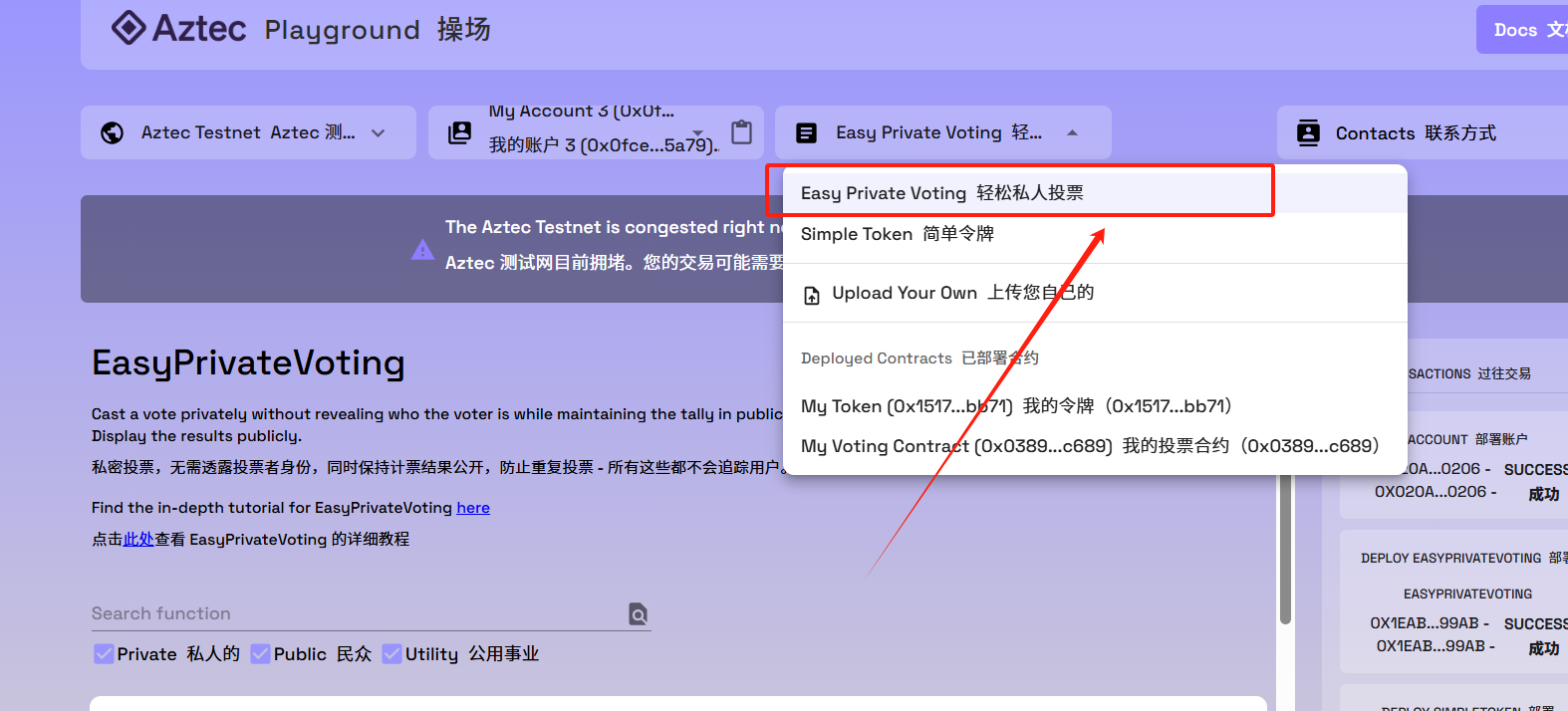
Then click 【DEPLOY/LOAD CONTRACT】, set the wallet account as the voting administrator

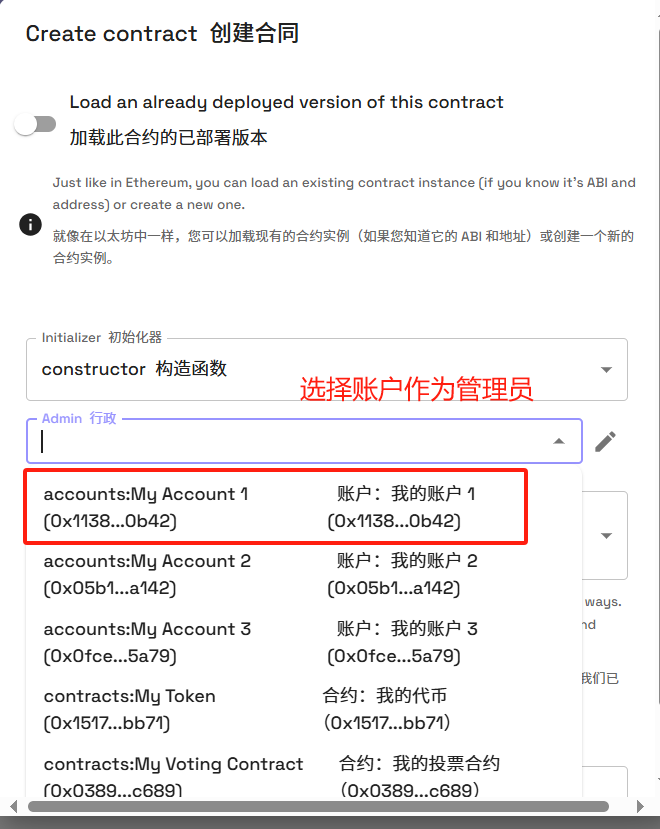
Create token, click 【Simple Token】
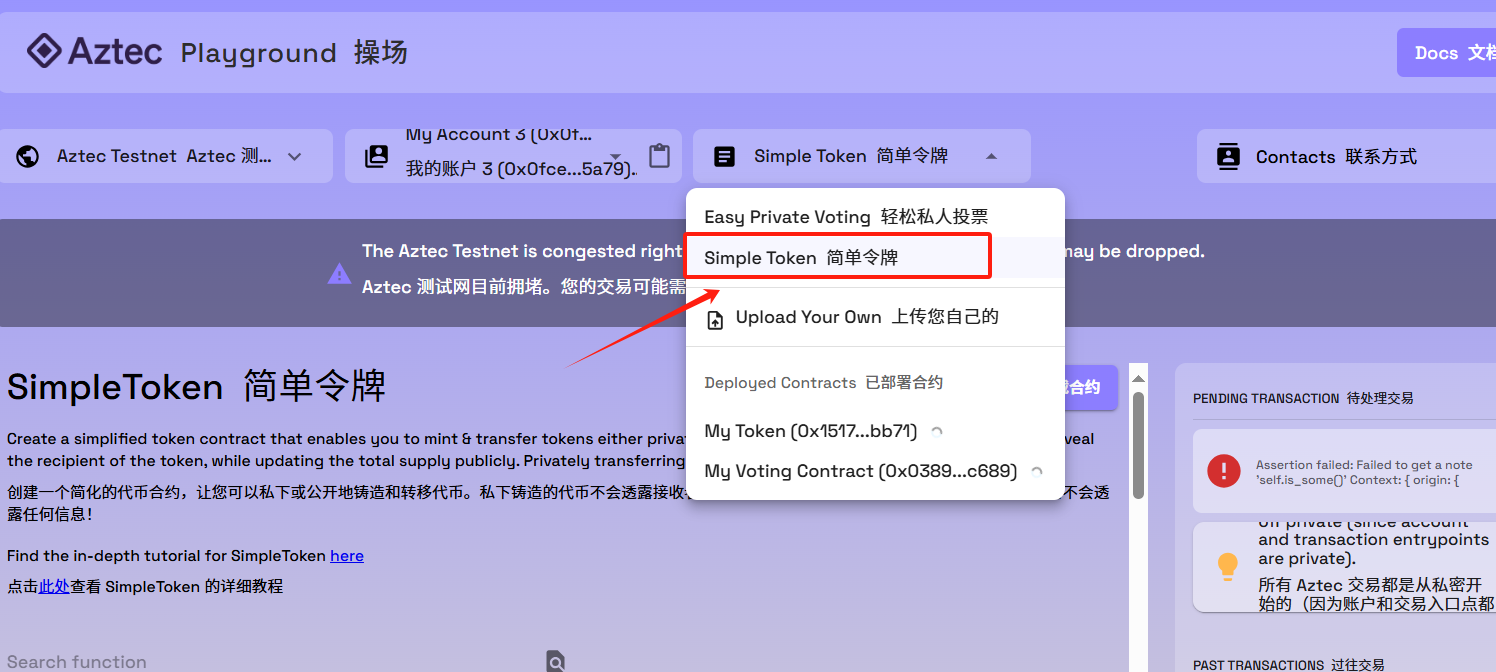
Then click 【DEPLOY/LOAD CONTRACT】, enter token name, symbol, and set decimals to 18
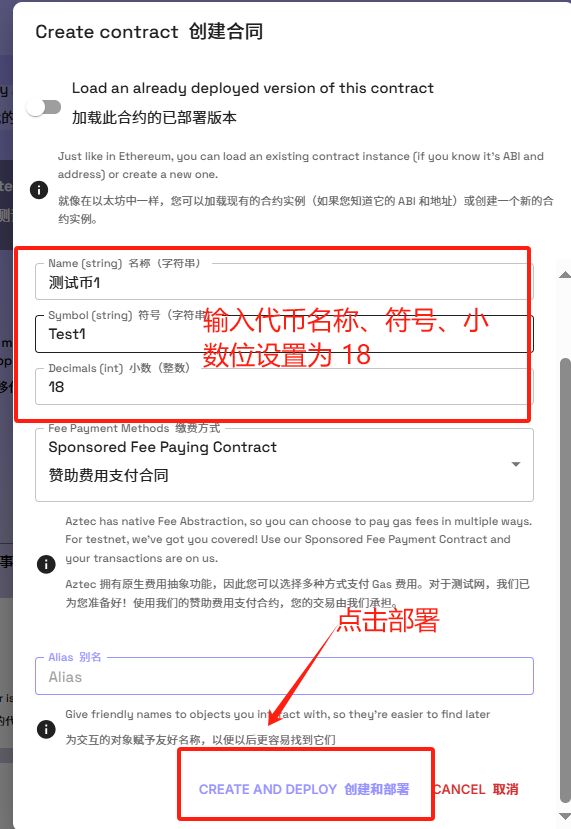
*Each step will take some time, please be patient and you can check the current interaction progress in the status bar on the right.
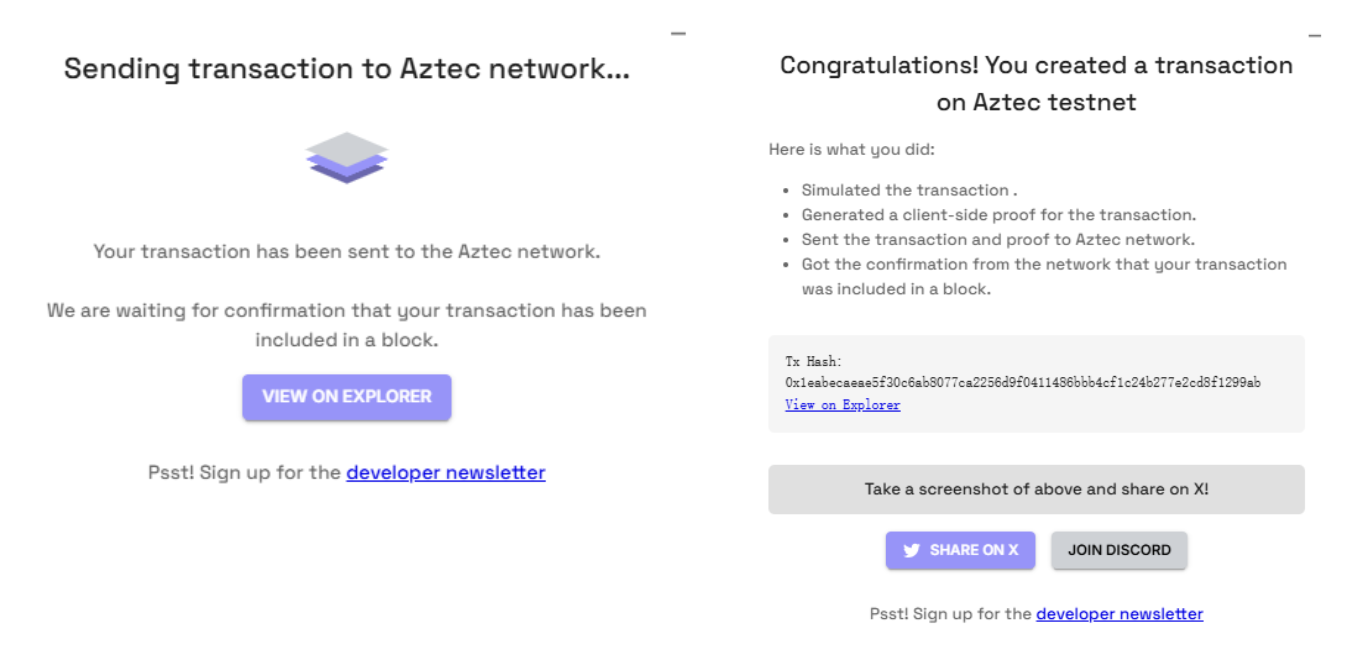
When the task is completed, it will show success on the right
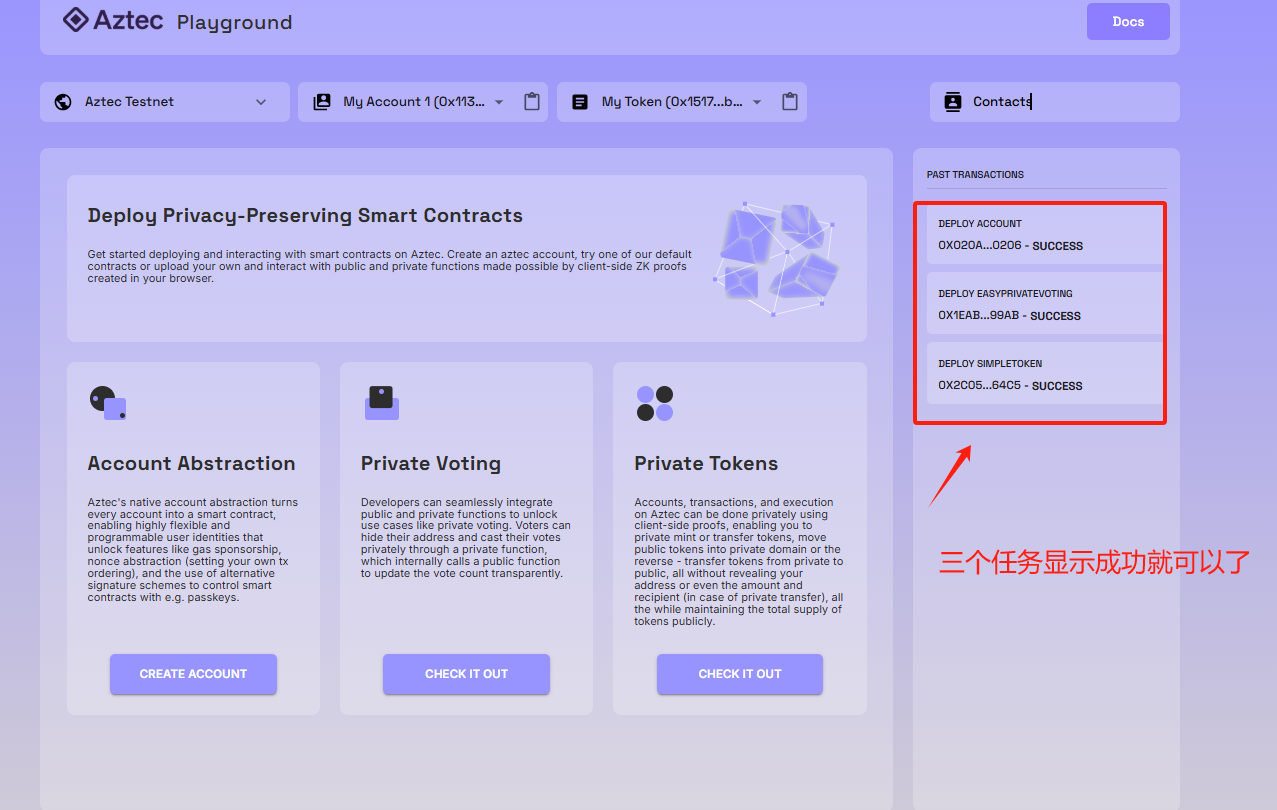
Create Obsidion Wallet
Enter: https://app.obsidion.xyz/
Log in with Google account (optional) and create an account. It may show a failure message, but it has actually succeeded
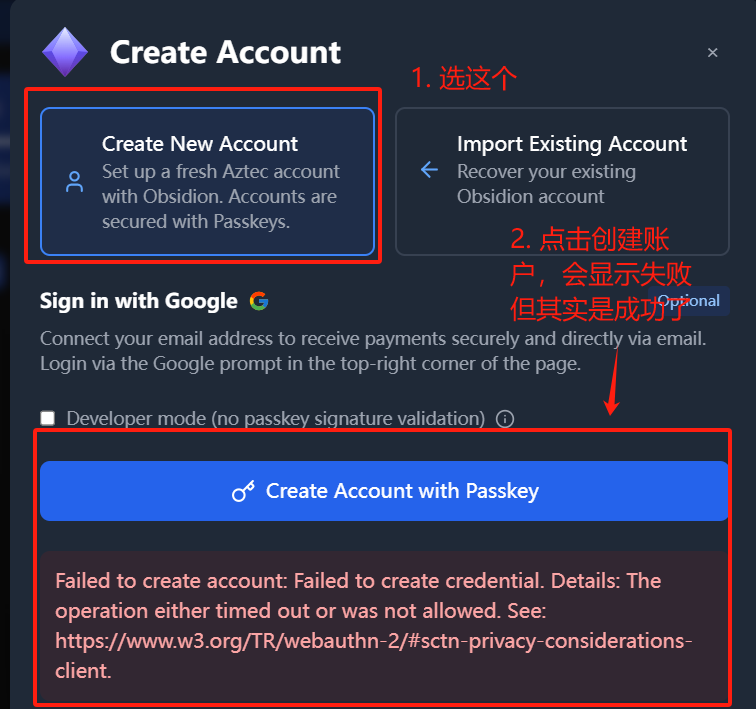
Select import account and log in with the account just created
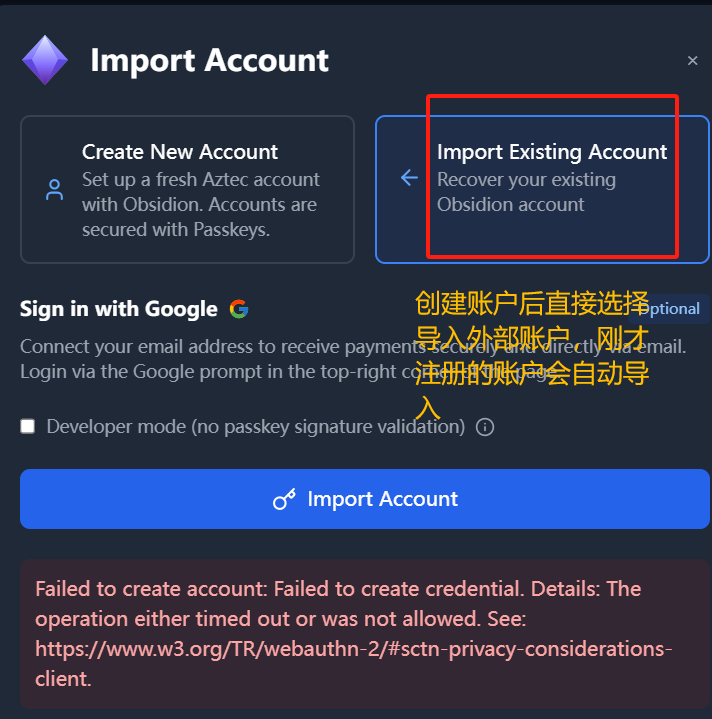
Select 【Settings】→【Secret Key】 to export private key
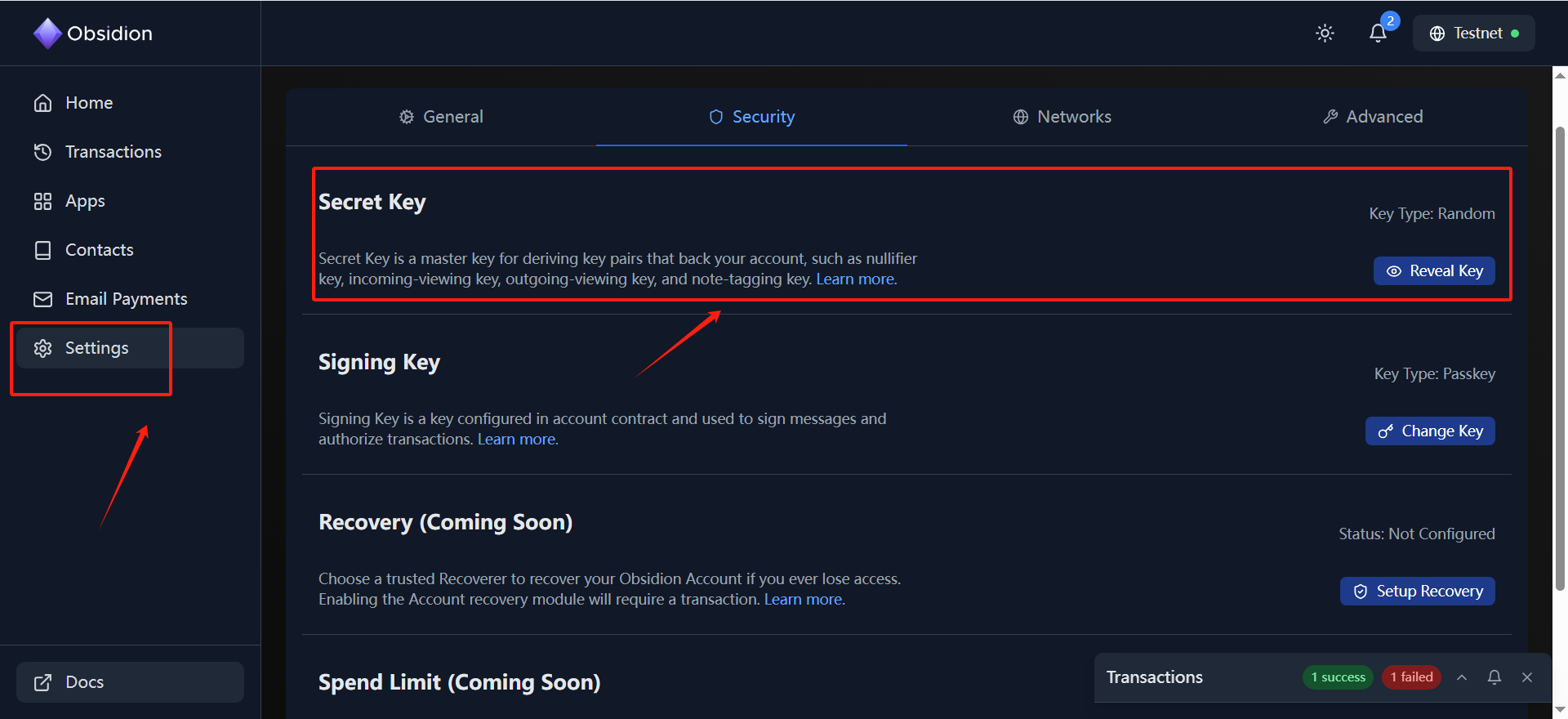
Faucet
After successfully registering the Obsidion Wallet, you can choose two faucet methods:
Directly claim on the Obsidion Wallet account page, but with a high failure rate
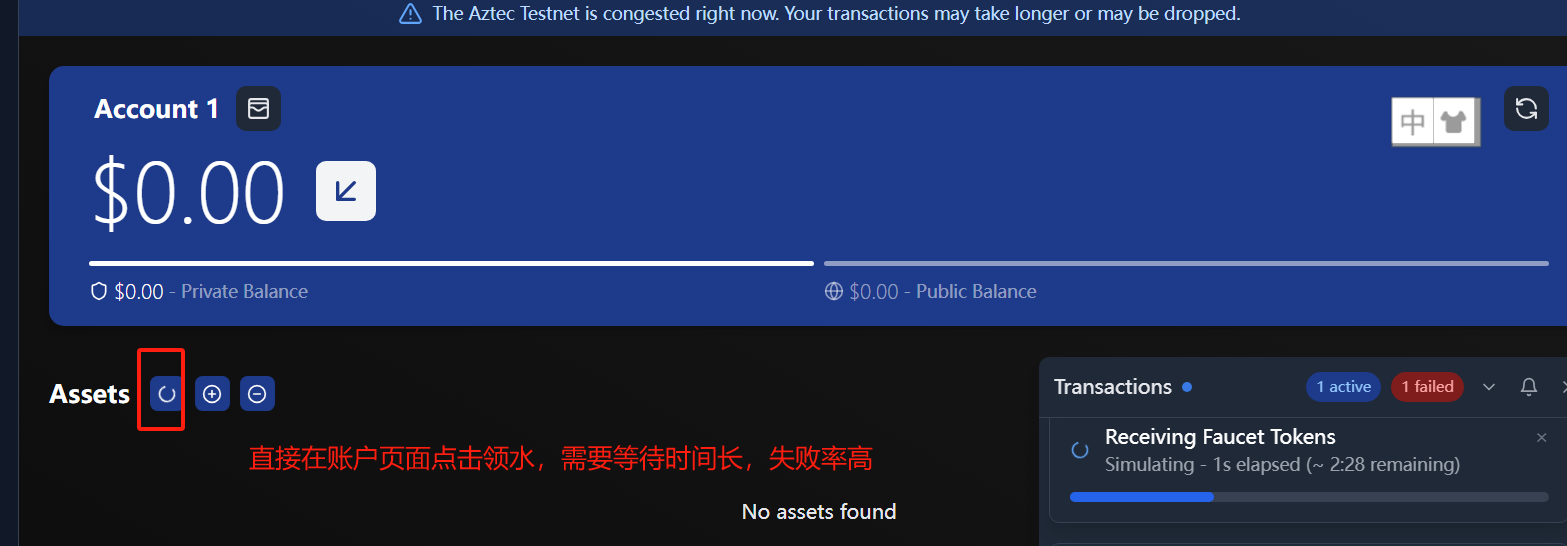
First obtain USDC test tokens from Circle official, then cross-chain through human.tech
First go to: http://faucet.circle.com 【Select USDC】 →【Ethereum Sepolia Testnet】 → 【Enter EVM Address (not the previously registered Obsidion wallet)】→ 【Claim USDC】
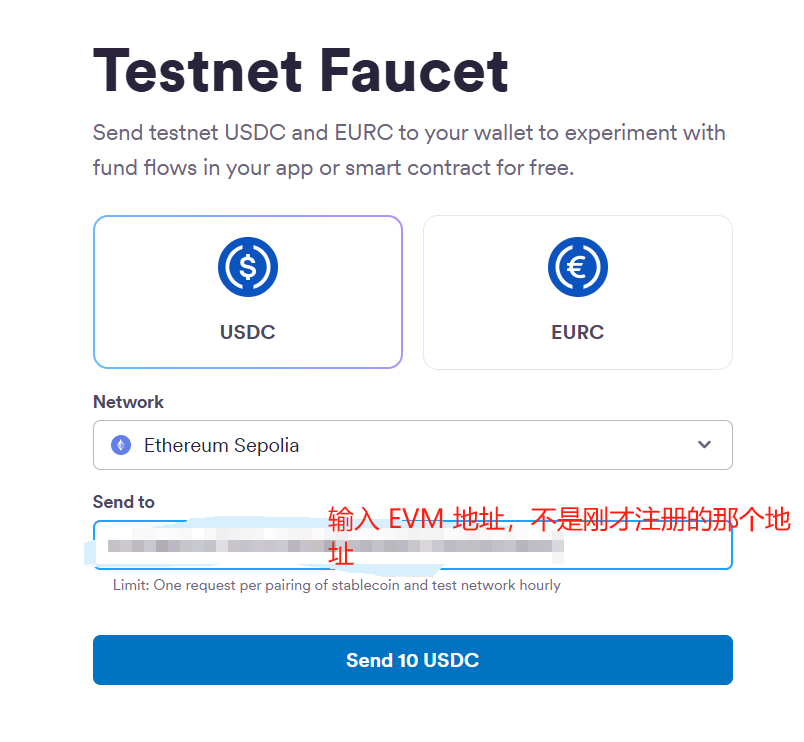
After claiming, go to https://bridge.human.tech/, connect the EVM wallet used for claiming and the newly registered Obsidion wallet for cross-chain operation.
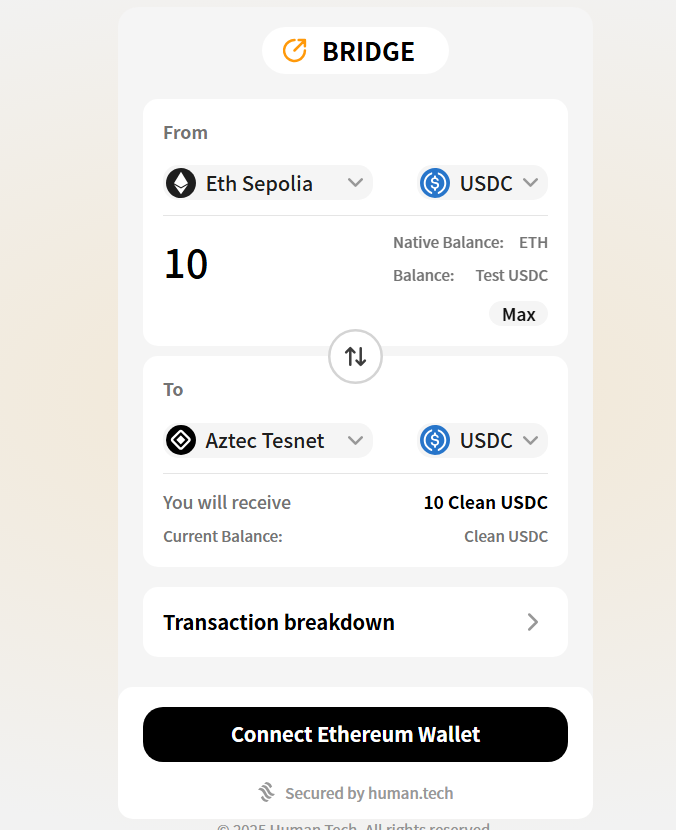
Experience Aztec Ecosystem Application RAVEN HOUSE to Mint Non-Fungible Token
Go to: https://app.ravenhouse.xyz/, click 【Creat Collection】
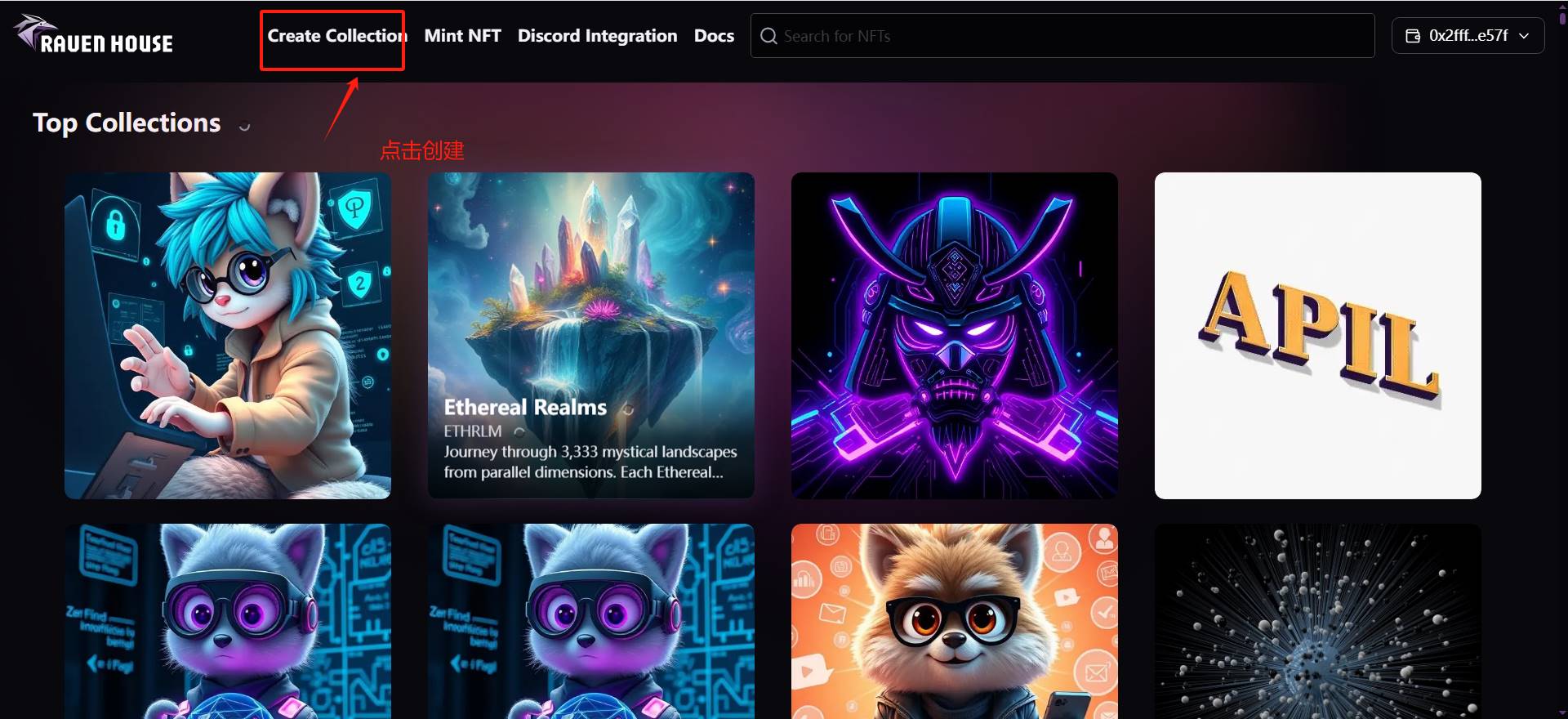
Fill in the red-marked text boxes with random content; upload two random images
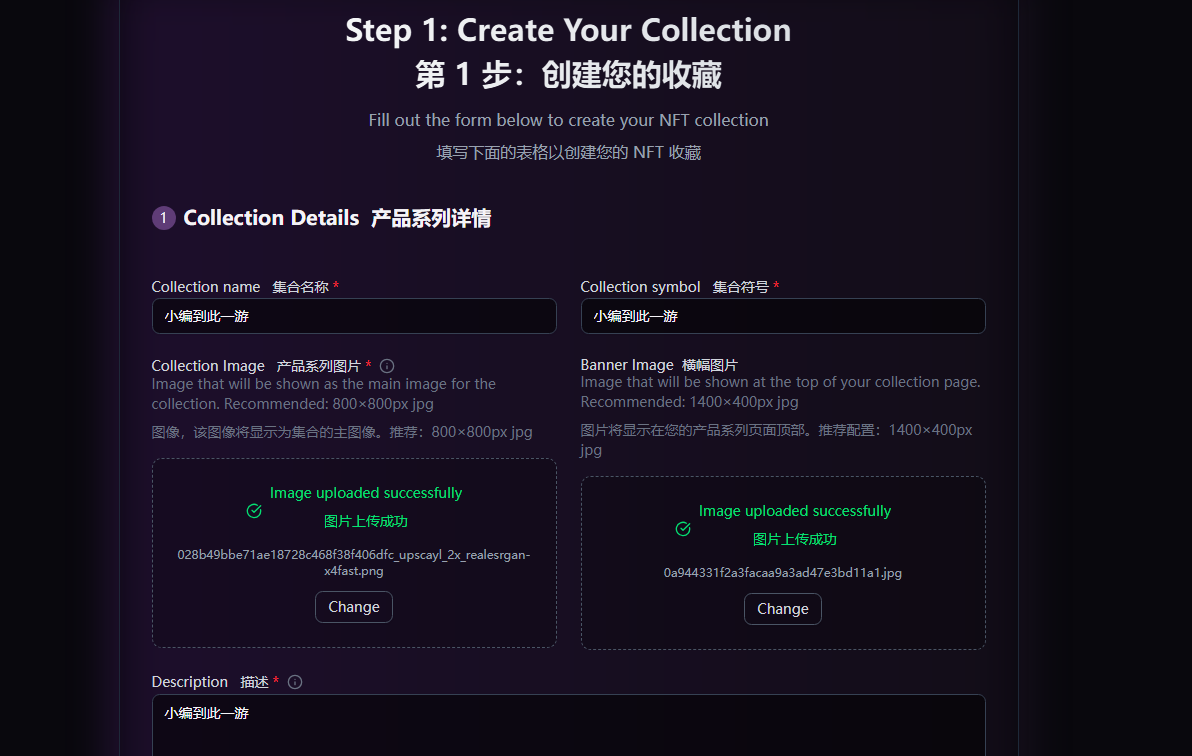
Fill in data according to your own needs
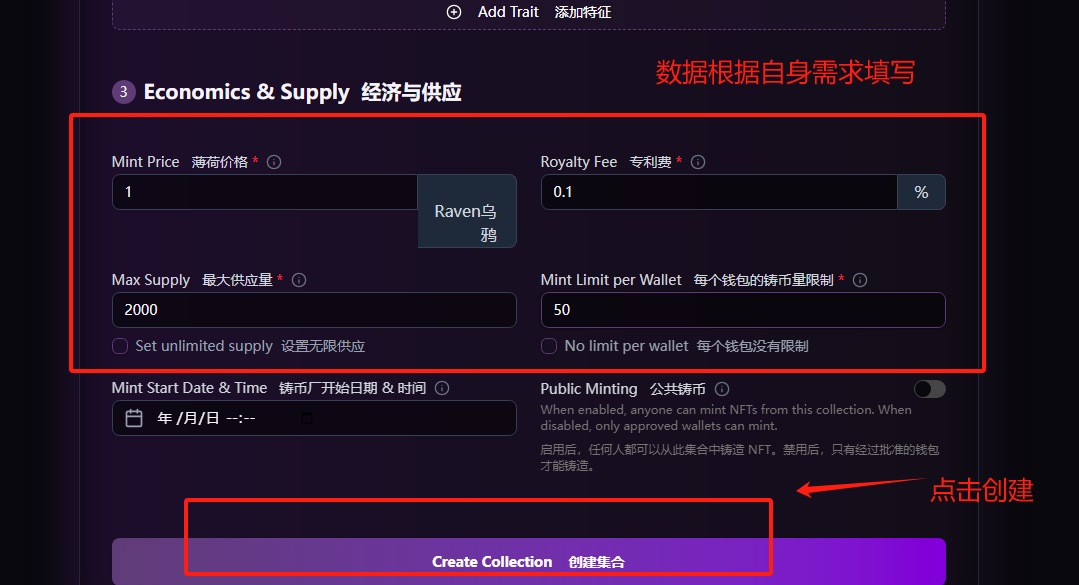
Subsequent steps can optionally add Non-Fungible Token content or skip
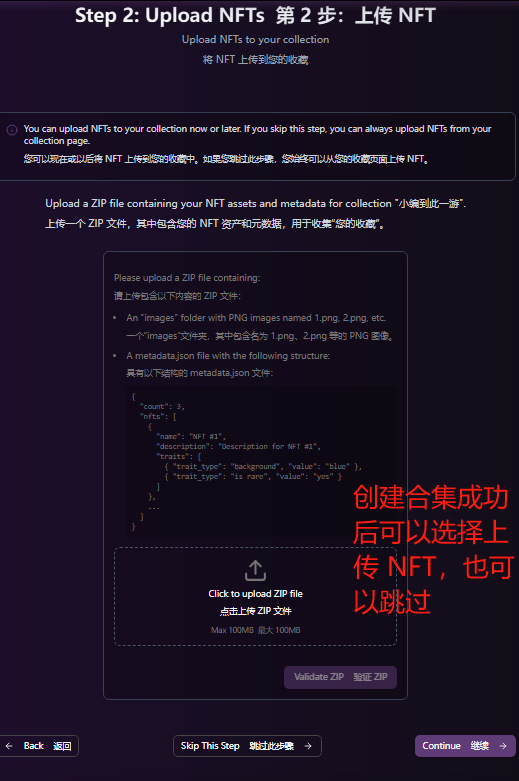
Final Result

Fill out Aztec Ecosystem Application Nemi DEX Registration Form
Go to: https://tally.so/r/nP4VE1, fill in the information and wait to participate in the alpha test
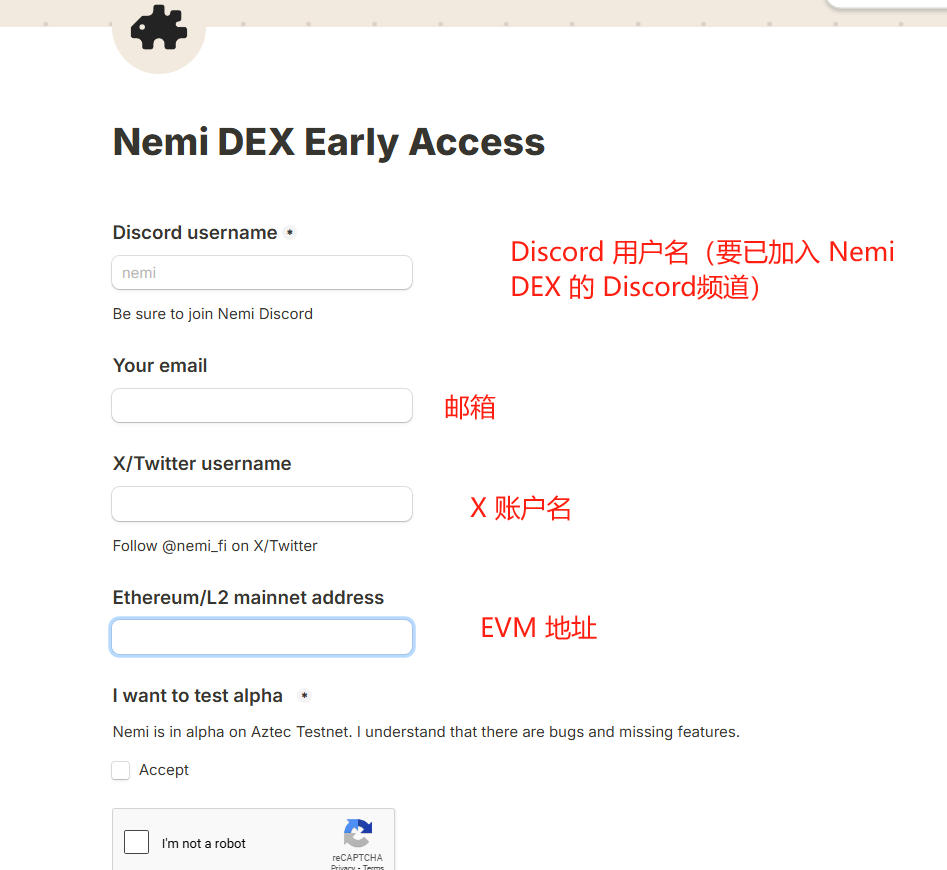
Summary
As a well-funded testnet project, Aztec Network is currently a focus for airdrop hunters. The testnet processing speed is relatively slow, and operations like faucet and cross-chain can be stuck, so it is recommended to avoid peak network hours for interaction.
Good things come to those who wait. Although in a low cycle, there are still projects like Aztec with great potential for airdrop enthusiasts.
More exploratory projects may emerge in the Aztec ecosystem, and TechFlow will continue to follow up, so please stay tuned!







